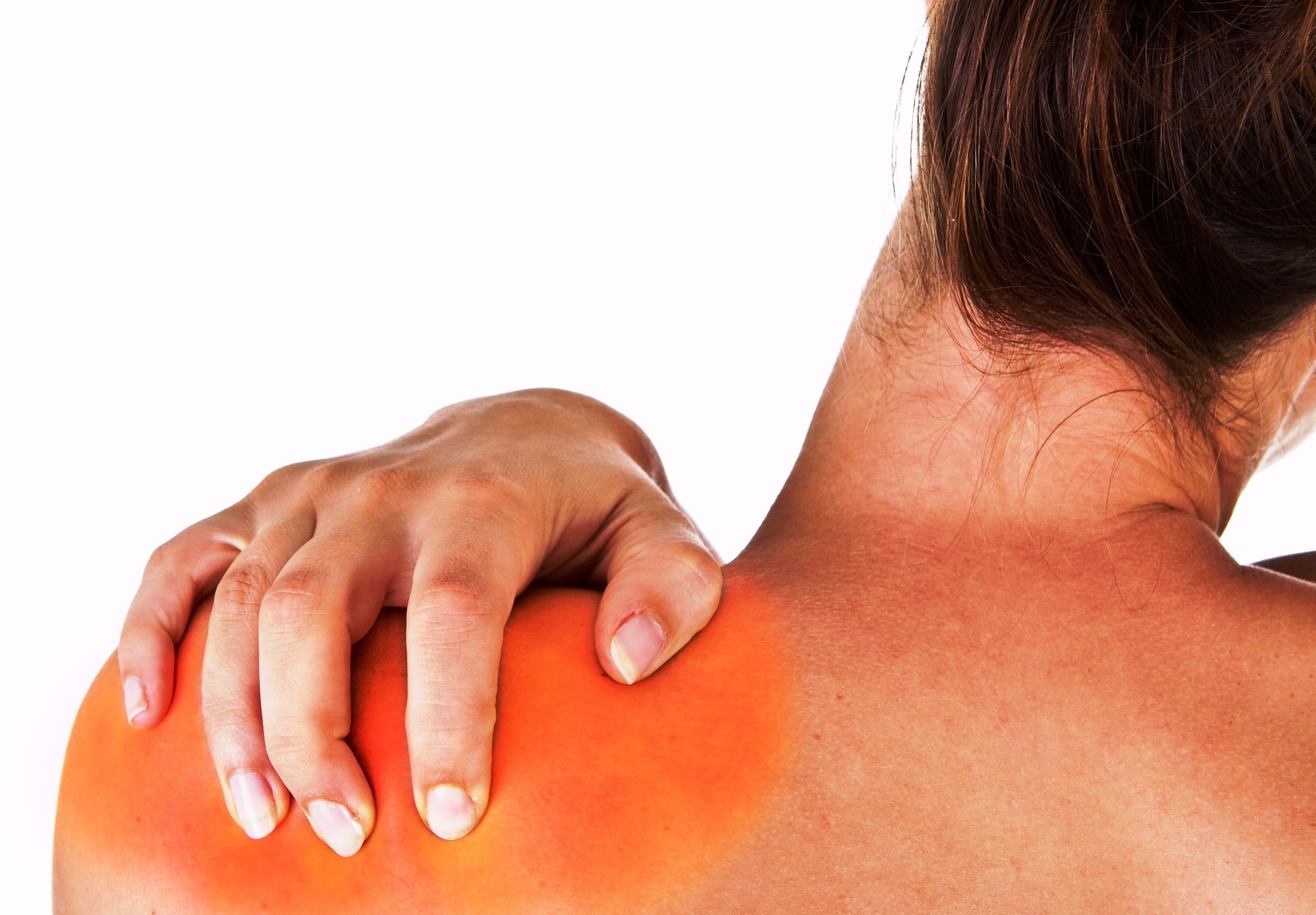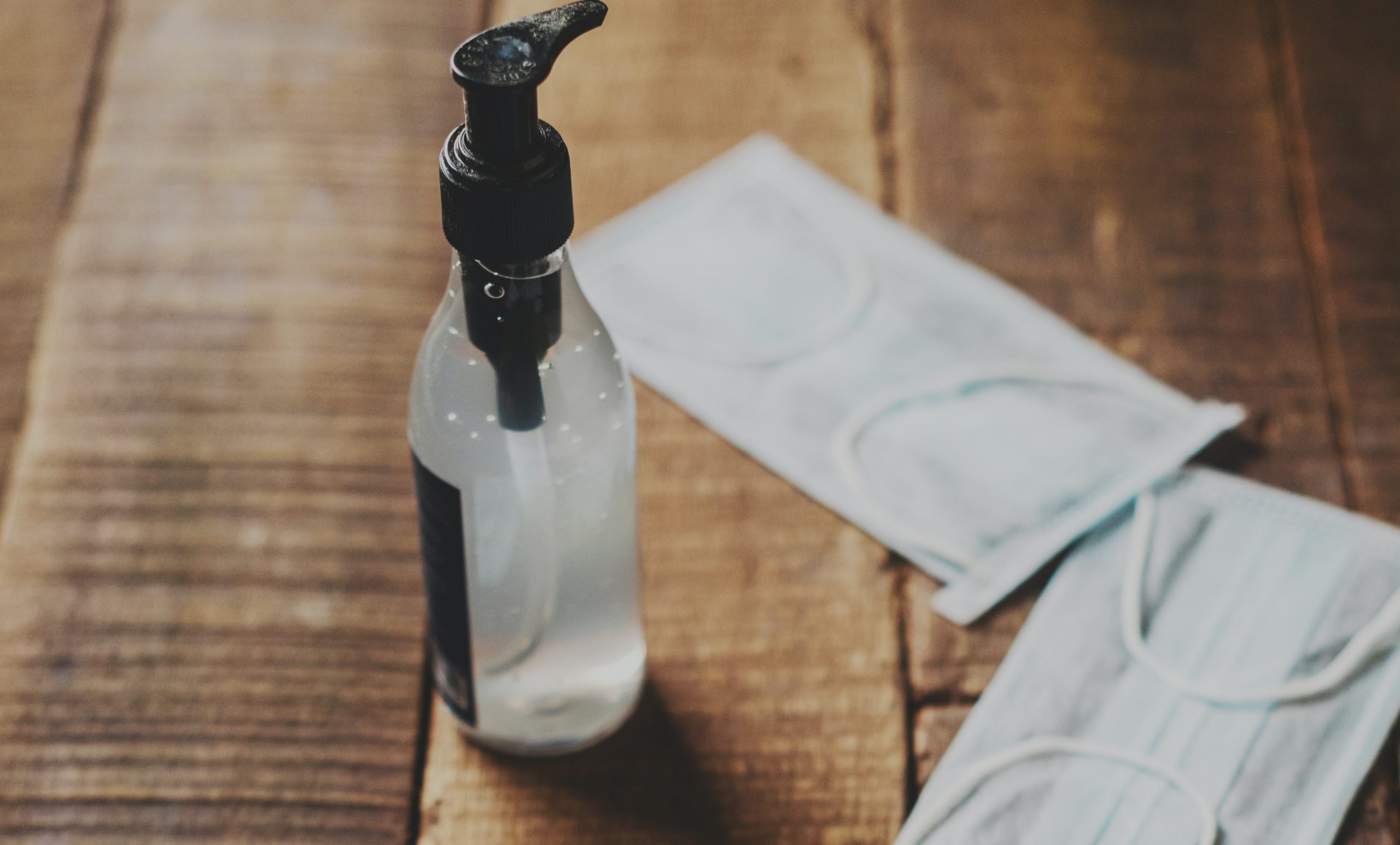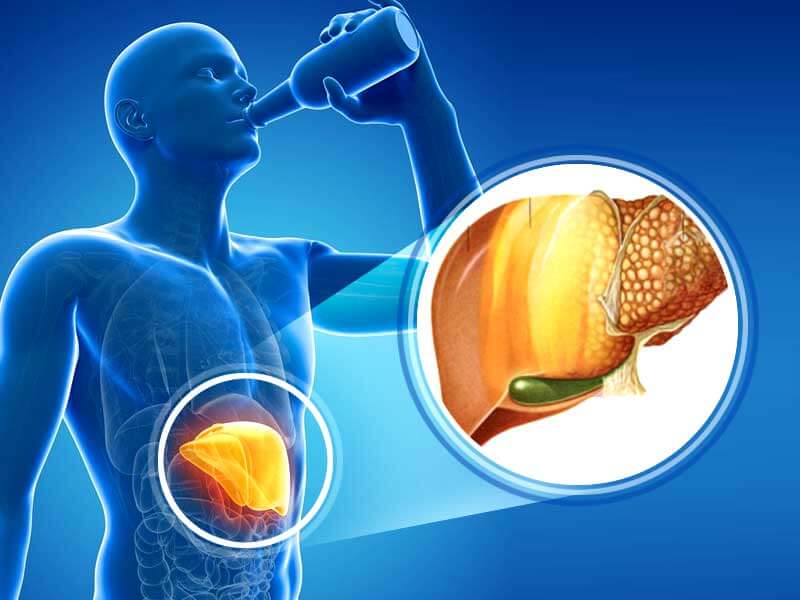SupernaturalAyurveda revealing secrets for staying active& agile everyday
Frozen shoulder or Adhesive Capsulitisis a condition characterized by stiffness and pain in the shoulder joint. It occurs as a result of inflammation, scarring, thickening and shrinkage of the capsule surrounding the shoulder joint.Signs and symptoms are shown gradually and gets worseover time. Usually it occurs on any one side, only in rare cases it spreads to the other shoulder too. Now Frozen Shoulder is a commoncomplaint almost affecting about two to five percent of the general population.
Some myths on Frozen Shoulder:
- It happens only to people mostly aged in 40’s to 60’s.
- Women are more prone to frozen shoulder than men.
Causes
The ligaments and tendons that make up the shoulder joint are encased in a capsule of connective tissue. Frozen shoulder occurs when this capsule thickens and tightens around the shoulder joint, restricting its movement.
It can be majorly due to particular causes like synovitis (the lining of a joint becomes inflamed), rupture of the capsule etc. A history of trauma, arm in a sling for long time, immobilized in a specific position for a prolonged period etc. can also result in the disorder.
Diabetes too is a commonly associated condition with frozen shoulder.
Symptoms
Symptoms are variable depending on its cause. Pain is the usual symptom which is accompanied by muscle spasm and limitation of movements. It often worsens at night especially when lying on the affected side. People having frozen shoulder find difficulty with normal daily tasks such as dressing, carrying bags and working. Muscle wastage also may be evident due to the lack of usage.
Tests
The physical examination by a doctor is needed to check for pain and evaluate your range of motion. Frozen shoulder can usually be diagnosed from signs and symptoms alone, X-rays or an MRI may be taken to rule out other structural problems.
According to Ayurveda- frozen shoulder is known as Apabahuka that comes under vata nanatmaja roga. The vitiated vata dosha absorbs the fluid (kapha) of the joint causing Ababahuka.
Treatment
First and foremost, it is essential to carry out a careful clinical examination as many diseases of diverse originsare frequently associated with musculoskeletal symptoms.
1) Physiotherapy is quite effective in acute condition.
2) Anti-inflammatory drugs.
Home remedies
Try and practise the usage of the affected shoulder in extremity in daily life activities as possible within the limits of your pain and range-of-motion constraints.
To relieve pain, applying heat or cold to your shoulder will help.
Ayurvedic treatments-
If frozen shoulder is caused by secondary group than the other ailments, the Panchakarma and Kerala therapy is very effective. The aim of the Ayurvedic treatment is to bring vitiated vata in equilibrium.
Most popular therapy is pizhichil, which implies pouringthe medicated oil over the body with more concentration on affected shoulder for about 45 to 60 minutes. It is a process of fomentation.
Elakizhi– Special herbal pack massage with Pizhichil gives strength to the muscle and improves the mobility of shoulder joint.
Nasyam –It is one among the famous panchakarma therapy; known to be a powerful rejuvenating treatment.
Requirement of Therapy– 7, 14 or 21 days course depending on the severity of the symptoms along with oral intake of medicines for 3-4months.
Oral Medication – (Mentioning a Few)
- Sahacharbaladikshayam
- rasnadikashyam
- Dhanwantharam kashayam
- Saptasaramkashyam
- Balarishtae
- Dhanwantharishtam
- Yograjgugulu
- Covid 19 Measures - August 21, 2020
- How to Boost your Immune System with Ayurveda? - April 1, 2020
- 10 Superfoods to keep you cool during the Summer Season - March 25, 2020






